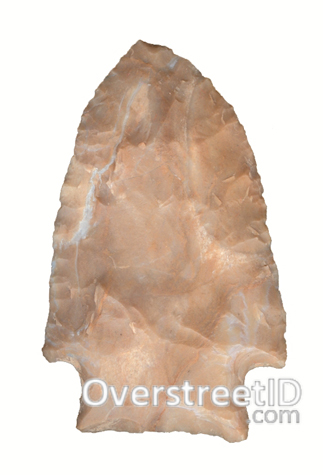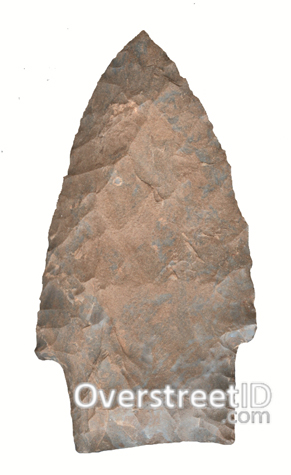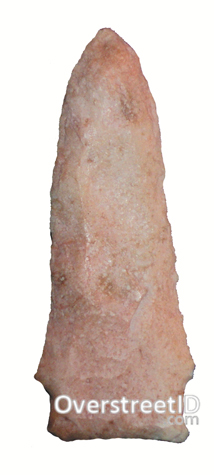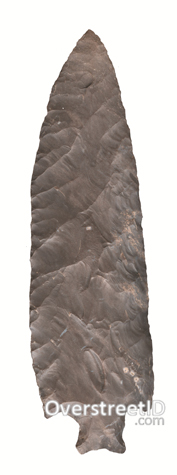A Word From Bob Overstreet
Many years ago when all fluted points were called Folsom, before archaeologists began to identify other forms, the literature available to the collector was sparse at best. Over the past 70 plus years, archaeologists and knowledgeable collectors continued to discover and identify new arrowhead types. These new types are continually updated with each new edition of the Overstreet book.
The Official Overstreet Indian Arrowhead Identification Online Database showcases over 60,000 photographs - all of which have been included in the Indian Arrowheads Identification and Price Guide Ed. 1-12 that we, as passionate collectors, all have come to know and love.
By using this online database you will be able to identify arrowheads of all shapes and sizes by comparing your point's location with the nine geographic regions of the country provided.
With the Official Overstreet Indian Arrowheads Identification and Price Guide, over 1000 individual types have been identified nation-wide. The Overstreet database of tens of thousands of examples, which has taken over two decades to create, is now available on this website for the first time to arrowhead enthusiasts everywhere. There is no other digital library that compares to what you will find here. You will be able to easily identify your arrowhead types by comparing your points to the myriad of examples available here.
Good luck, and happy hunting!
-Bob Overstreet

-
Shape
Search for Arrowheads based on Shape

-
Region
Search for Arrowheads based on Geographic Regions

-
Alphabetical
Search for Arrowheads in Alphabetical Order
Benton
Description:
A medium to very large size, broad, stemmed point with straight to convex sides. Bases can be corner or side notched, double notched, knobbed, bifurcated or expanded. Some examples show parallel oblique flaking. All four sides are beveled and basal corners usually have tangs. Examples have been found in Arkansas with a steeply beveled edge on one side of each face (Transition form?). Found in caches with Turkeytail points in Mississippi on Benton sites. Bentons and Turkeytails as long as 16-3/4 inches were found together on this site and dated to about 4750 B.P.












